There’s no denying that Italy is one of the most beautiful countries in the world. And what better way to bring a little bit of that beauty into your home than with a poster from Poster Nature? This beautiful vintage poster from the island of Elba in Tuscany, Italy is a great piece of art to add to your collection. The poster features stunning landscape views of the island and its coastline.
Elba Tuscany Italy Poster
€39 – €49Price range: €39 through €49
Portoferraio (Italian pronunciation: [ˌpɔrtoferˈraːjo]) is a town and comune in the province of Livorno, on the edge of the eponymous harbour of the island of Elba. It is the island’s largest city. Because of its terrain, many of its buildings are situated on the slopes of a tiny hill bordered on three sides by the sea.
It was founded by Cosimo I de’ Medici, Grand Duke of Tuscany, in 1548, with the name of Cosmopoli (“Cosimo’s City”), to balance the presence of the Spanish citadel in Porto Azzurro. It had three forts (Forte Stella, Forte Falcone and Forte Inglese)[4] and a massive line of walls, all still visible today.
The name evolved from Ferraia with etruscan, Fabricia with Romans and Ferraio with Grand Duchy of Tuscany.
The city remained attached to the Grand Duchy of Tuscany until the late 18th century, when, due to its strategic position, it came into contention from France, Great Britain, and Austria. A British garrison withstood the Siege of Porto Ferrajo in 1801, but the 1802 Treaty of Amiens transferred the town to France. In 1814 it was handed over to Napoleon Bonaparte, as the seat of his first exile. In the 19th century, the city grew quickly, due to the construction of infrastructures and the exploitation of new iron mills in Rio Marina. Portoferraio then became the main shipping port of the ore to the mainland, whence the current name, meaning “Iron Port” in Italian. After the end of the Napoleonic Era, Portoferraio returned to Tuscany, and became part of the Kingdom of Italy in 1860. Here brigand Carmine Crocco was imprisoned until his death for his revolution against the reign of Victor Emmanuel II and the anarchist Giovanni Passannante who attempted to kill king Umberto I.
During World War II, Portoferraio became the scene of battle when Elba was occupied by German forces. In late June 1944, an Allied force composed mainly of Free French troops liberated the island in a fight which lasted two days. Portoferraio was taken by French troops on 18 June, but was damaged by the fighting and the bombing raids which preceded the invasion.
Portoferraio’s economy suffered from the end of mining activities starting from the 1970s, but in the following decades it gained status as an internationally renowned seaside destination.
Elba Portoferraio museum-quality poster made on thick and durable matte paper. Add a wonderful accent to your room and office with these posters that are sure to brighten any environment.
• Paper thickness: 0.26 mm (10.3 mil)
• Paper weight: 189 g/m² (5.57 oz/y²)
• Opacity: 94%
• ISO brightness: 104%
• Giclée printing quality
• 21 × 30 cm posters are size A4
• Blank product sourced from Japan
| Weight | N/A |
|---|
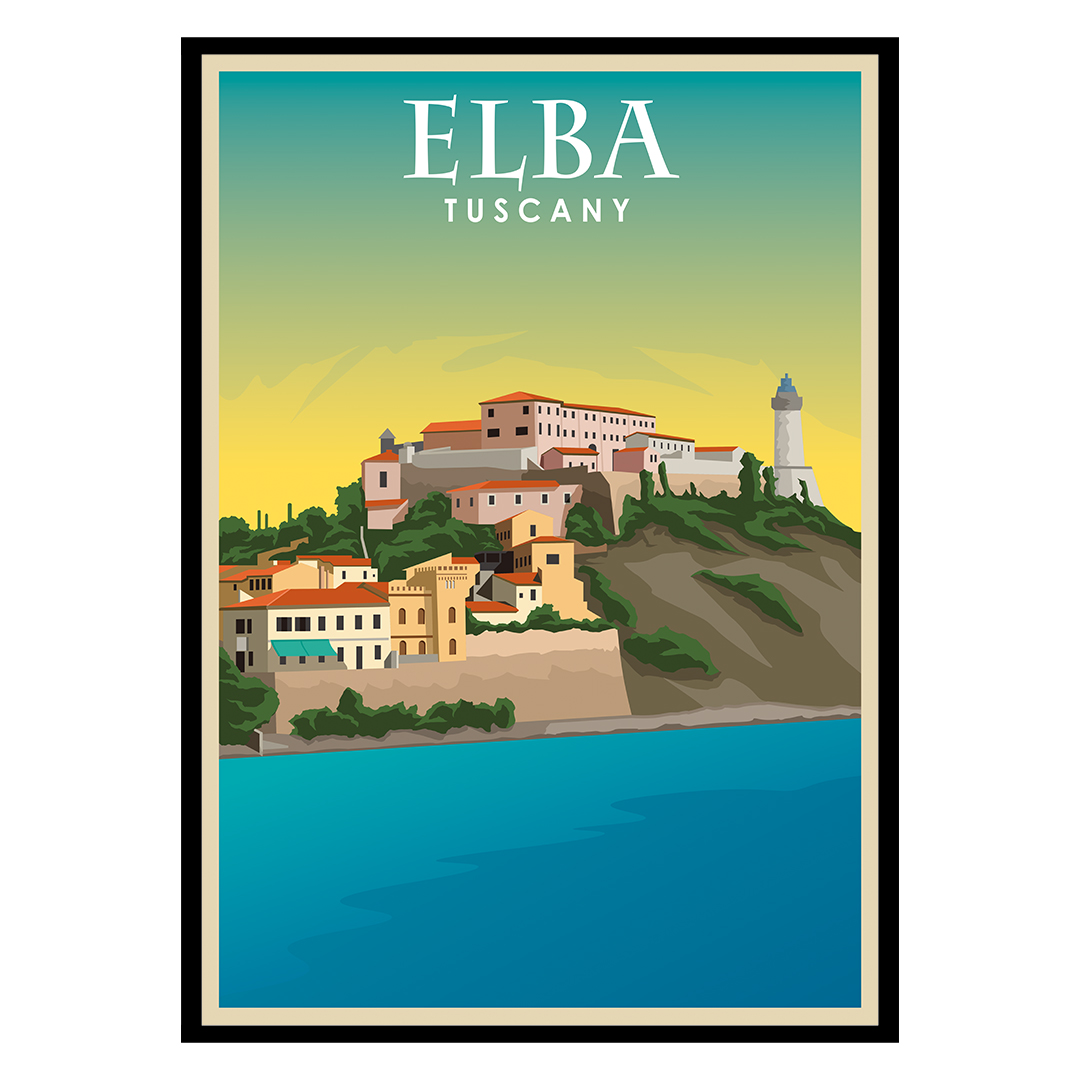
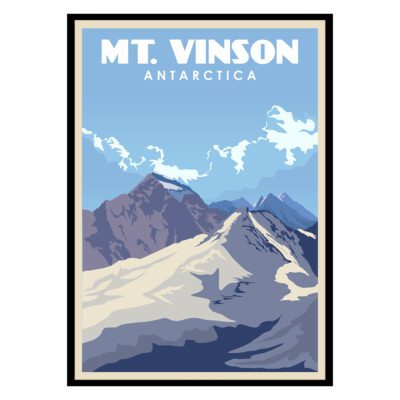
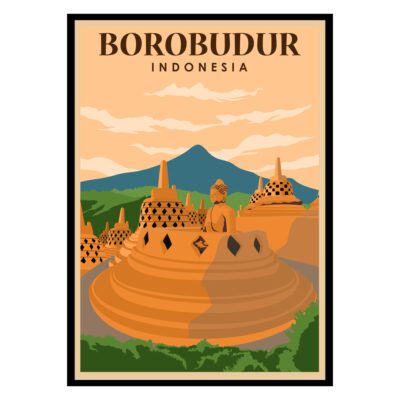
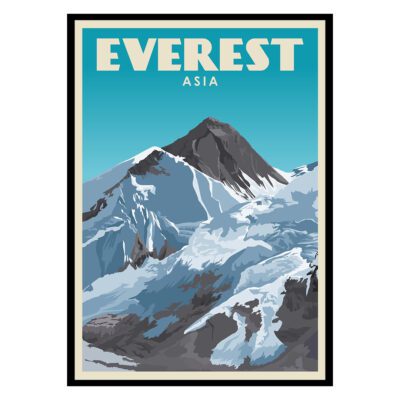
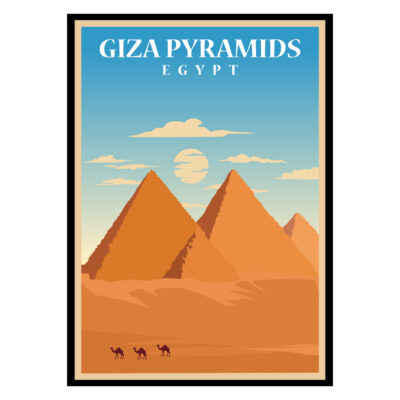
Susan R. –
Just beautiful. Quality is wonderful.
Jochen F. –